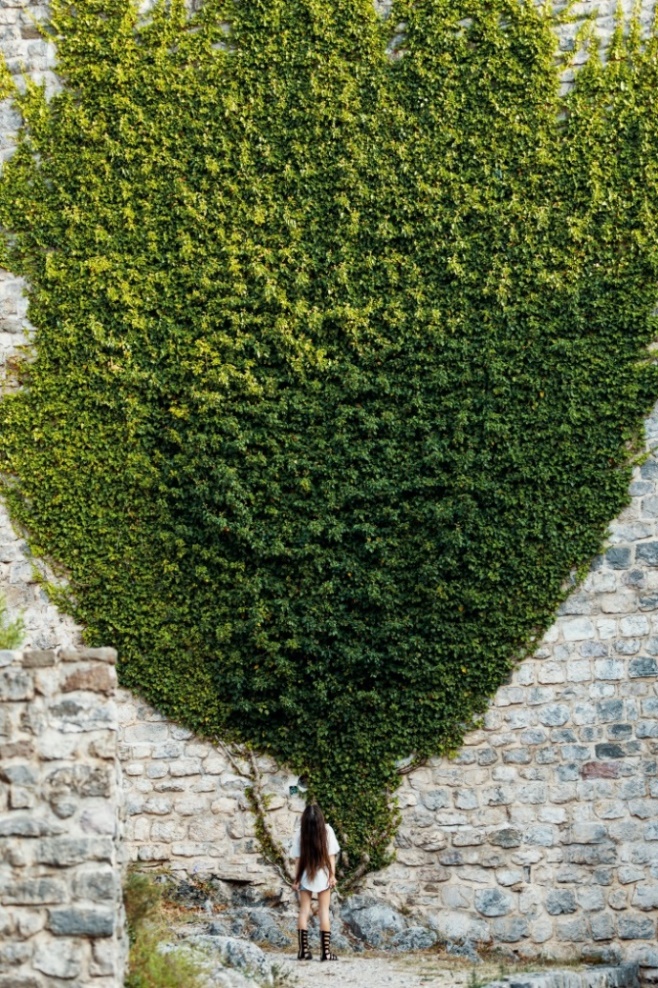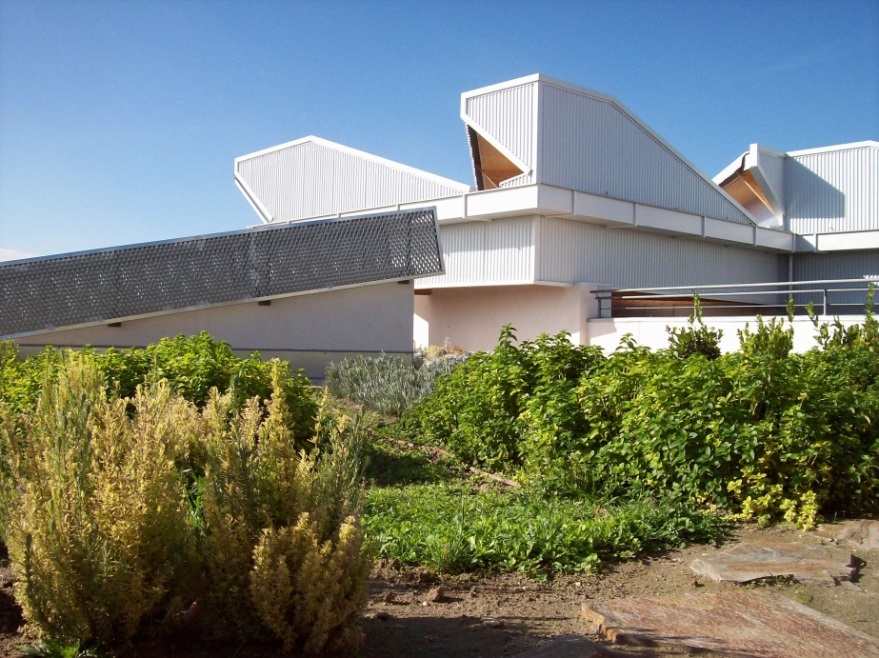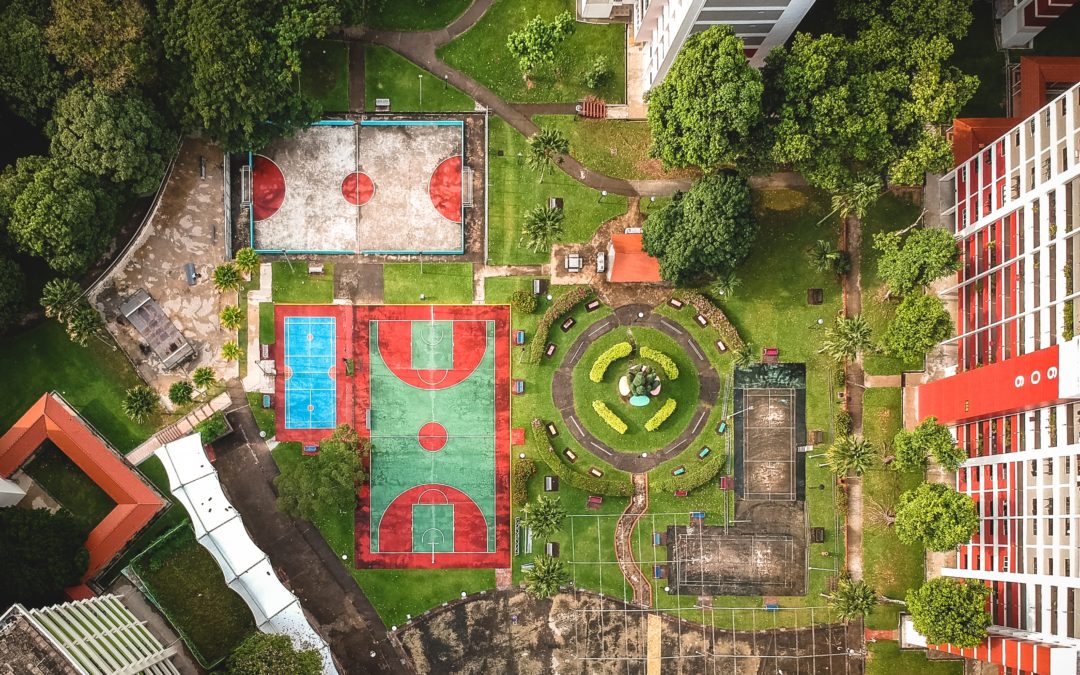
The education that people receive during all his life it´ s been influenced by the environment in which we live. When we are young and we start to be conscious about the world, the society usually provide us with the models and with the level of knowledge that it is consider, in general, necessary. The families, the neighbourhood, health professionals and the school maybe are the ones that more influence exercise because from the adult society it is believed that they are the ones that can help us the most to teach the level of minimal culture that it is considered, as standard, necessary. Without entering into the discussion of the more appropriate educative model, the right thing is that nowadays we give a lot of emphasis to the type of education that it has to be offer in schools and in other education centers.
From the project LIFE myBUILDINGisGREEN, in which CARTIF takes part, we want to explore how incorporating healthy and re-naturalized spaces in schools, can help to, in addition to adapt the buildings to the climate change effects, to form people and to increase the culture in childhood.
Schools have a huge importance in girls and boys, as it is where they spend most part of their childhood and the new generations also begin to develop as individuals. On one side, they begin to acquire basic knowledge that is part of the colective culture and that in different degree humans are using. It is also where they begin to acquire values and reference models.
On the other side, the school building and its design it also has a huge influence in the learning, as it affect to the environmental conditions where lessons are developed. The humidity and temperature levels in the classes are relationed with the learning capacity 1,2,3,4. High temperatures could have a significative impact in the students efficiency, inhibit learning and generate stress. The interior thermic conditioning and the air renovation levels is a theme that was not taken into account in the construction of most of the schools that are nowadays in use and, in consequence, the environmental conditions of the education centers most of the times are not adequate. Should not be accepted that lessons can be develop with temperatures and air relative humidities below or beyond the range that it is established in the actual regulation (as it is the RITE5 case in Spain). Maybe, because of the singularity and importance of the schools, the standars should be even more restrictives that those considered by the regulation. In this sense, using natural solutions can be exploited the principles of the bioclimatic architecture to improve the thermal comfort of people inside the buildings. Moreover, these type of natural solutions also allow to improve the conditions in the outdoor play and physical activity areas, improving the quality of the learning environment.
But in this sense, from LIFE myBUILDINGisGREEN wants to go further and saw that the actual design of the buildings and playgrounds where dominate hard materials, in which it hasn´ t take into account bioclimatic architecture solutions and in which it seems that the comfort of the propper users it has been sacrified in pursuit of other aspects such as the reduction of the maintenance cost or seeking to keep children´ s soling to a minimum, it is not the most propper from different points of view.

The fault of natural ground, the low presence of trees or bushes and of other vegetation makes schools places in which frequently the presence of nature is avoided. From our point of view, this conception of education spaces drives away the new generations from nature and can influence in the perception of how urbanised spaces should be.
However, the current knowledge tell us that society has to go the other way if it is to solve long-term problems or at least if we want to adapt us to the consequences of the climate change. If we don´ t start teaching child the coexistence and the respect to the nature, the propper management of the resources and to modify most of the behaviours we carry out, it will be more difficult to deal the challenge that we have in front. Society has to act from a lot of points of view, but we can´´ t forgot that those that nowadays enjoy their childhood are the ones that would have to face this challenge in the next decades. From LIFE myBUILDINGisGREEN we believe that increasing the contact of child with the nature and making it participants of their beneficial effects will allow us creating a future society more prepared to face the challenges that are coming.
We leave for another day talking about how it also affects the education in the society, not only in the childhood, the type of urban spaces we live in. Have at its disposal of parks and green areas near our houses or work areas, the presence of green infrastructures and biodiversity in the streets and the management of social challenges using natural solutions instead of using always “hard” solutions and that they only have an athropocentric view of problems. This anthropocentric vision also tends to forget the weakest, or those who complain the least.
Authors:
José Fermoso Domínguez
Raquel Marijuan Cuevas
Esther San José Carretas
1 http://conference.iza.org/conference_files/environ_2016/park_j24228.pdf
2 https://www.sciencedirect.com/science/article/pii/S0038092X12002447
3 https://papers.ssrn.com/sol3/papers.cfm?abstract_id=3185940
4 https://www.sciencedirect.com/science/article/pii/S0013935119302257
5 The operative temperature recomended by the RITE is: In summer: between 23ºC and 25ºC (front 23ºC and 27ºC by the INSHT). In winter: between 21ºC and 23ºC (front 17ºC and 24ºC by the INSHT). The relative humidity marked is between the 45-60% in summer and between the 40-50% in winter.
- Education is more than content - 5 November 2021
- Fumes! (II) - 21 June 2016
- Fumes! (I) - 7 June 2016
